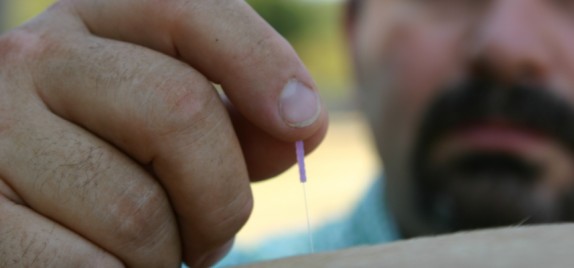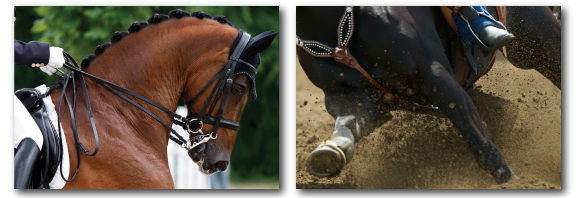Acupuncture

Dr. DePaolo is passionate about using a complete health care program that treats the mental, emotional, and physical issues you experience with your horse. Acupuncture is absolutely essential to restoring optimum health and balance.
There are several methods to stimulate the points including:
1) Dry needles
2) Aquapuncture (usually an injection of Vitamin B12)
3) Moxabustion (adding heat by burning an herb on the needle)
4) Electroacupuncture (stimulation using mild electrical pulses)
5) Hemoacupuncture (injecting the patient’s own blood)
6) Therapeutic laser
Why choose Acupuncture?
Performance horses are prone to developing minor injuries that often go unnoticed. Eventually these intensify and cause the horse to compensate by altering its way of moving and this makes it susceptible to more serious injury.
Upon examination, acupuncture is often used after an equine veterinary chiropractic treatment to eliminate these injuries at an early stage. By restoring normal blood supply and function to the muscles, they heal quickly and competition schedules are uninterrupted. Dry needles and moxibustion acupuncture can be used to help with hormone imbalances and breeding issues.
Equine Acupuncture Philosophy
Acupuncture is recognized by the American Veterinary Medical Association (AVMA) and the American Association of Equine Practitioners (AAEP) as a “valid modality” for treating horses. Acupuncture treatment consists of inserting fine, stainless steel needles into specific points of the body to prevent and treat disease. The procedure must be administered by a licensed veterinarian as it is considered surgery by veterinary associations and requires a thorough knowledge of veterinary anatomy and physiology.
Acupuncture needles stimulate tiny nerve endings that carry impulses to the spinal cord and brain. This results in responses within the nervous and endocrine systems, leading to the release of neurotransmitters and hormones. Acupuncture also increases the release of natural painkillers such as endorphins and serotonin. Licking, chewing, yawning and napping are all signs of pain relief and endorphin release.



